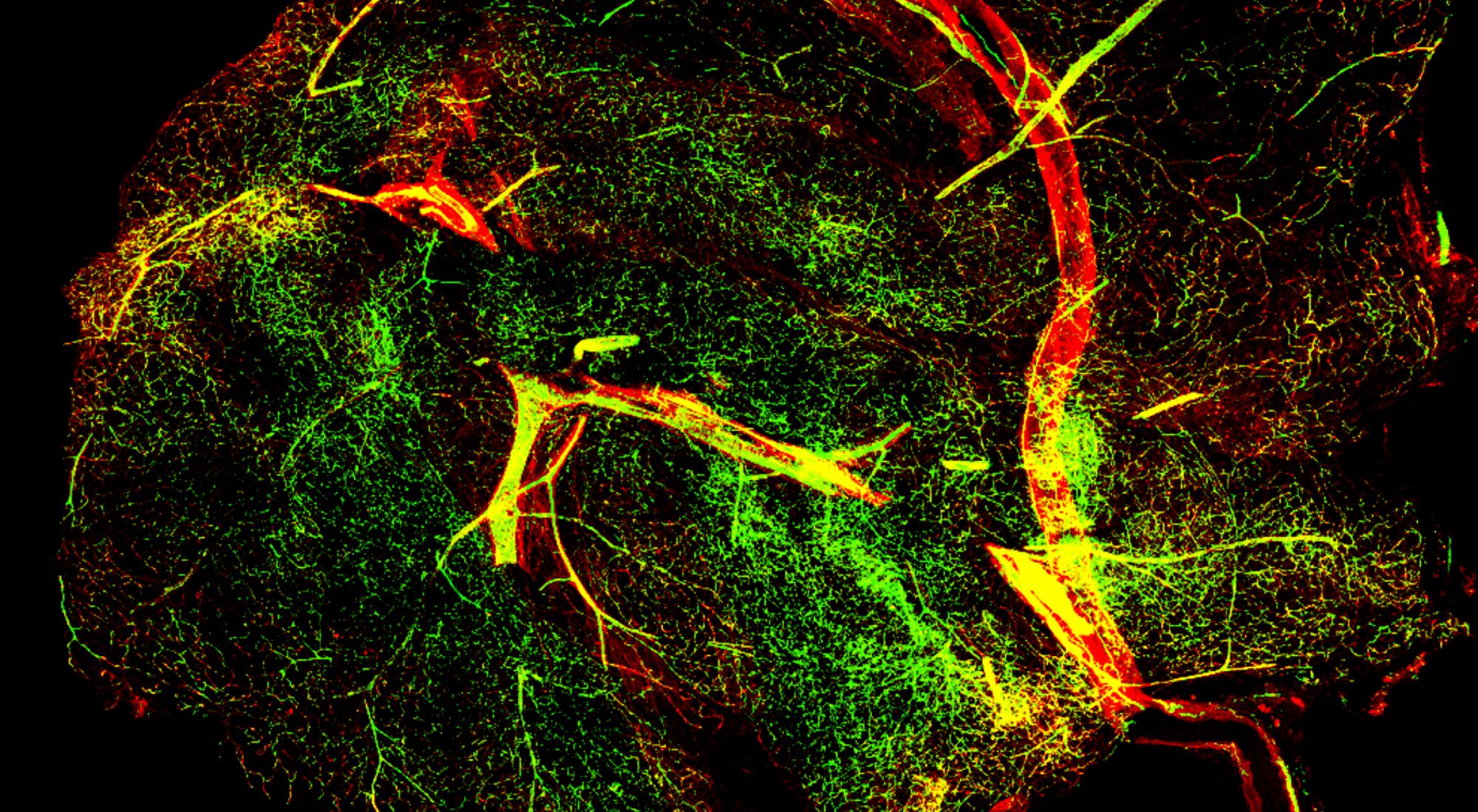Magnetic Resonance Imaging (MRI), the Nuclear Magnetic Resonance (NMR) application best known by the general public, provides insight into tissue structure and functionality. MRI uses a strong static magnetic field, time-varying gradients and radio-frequency waves to map the distribution in the body of certain nuclei (such as hydrogen, fluorine, carbon and sodium) and to form an image. MRI does not involve harmful ionizing radiation (as opposed to X-ray imaging techniques), it does not require a physical contact with the body and has no limitations in depth penetration (in contrast to ultrasound imaging techniques).

